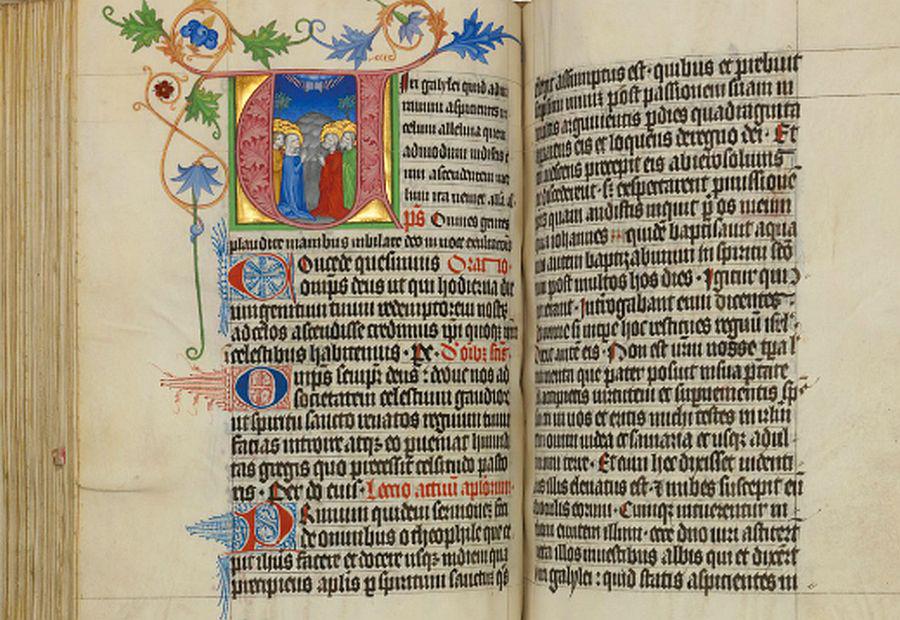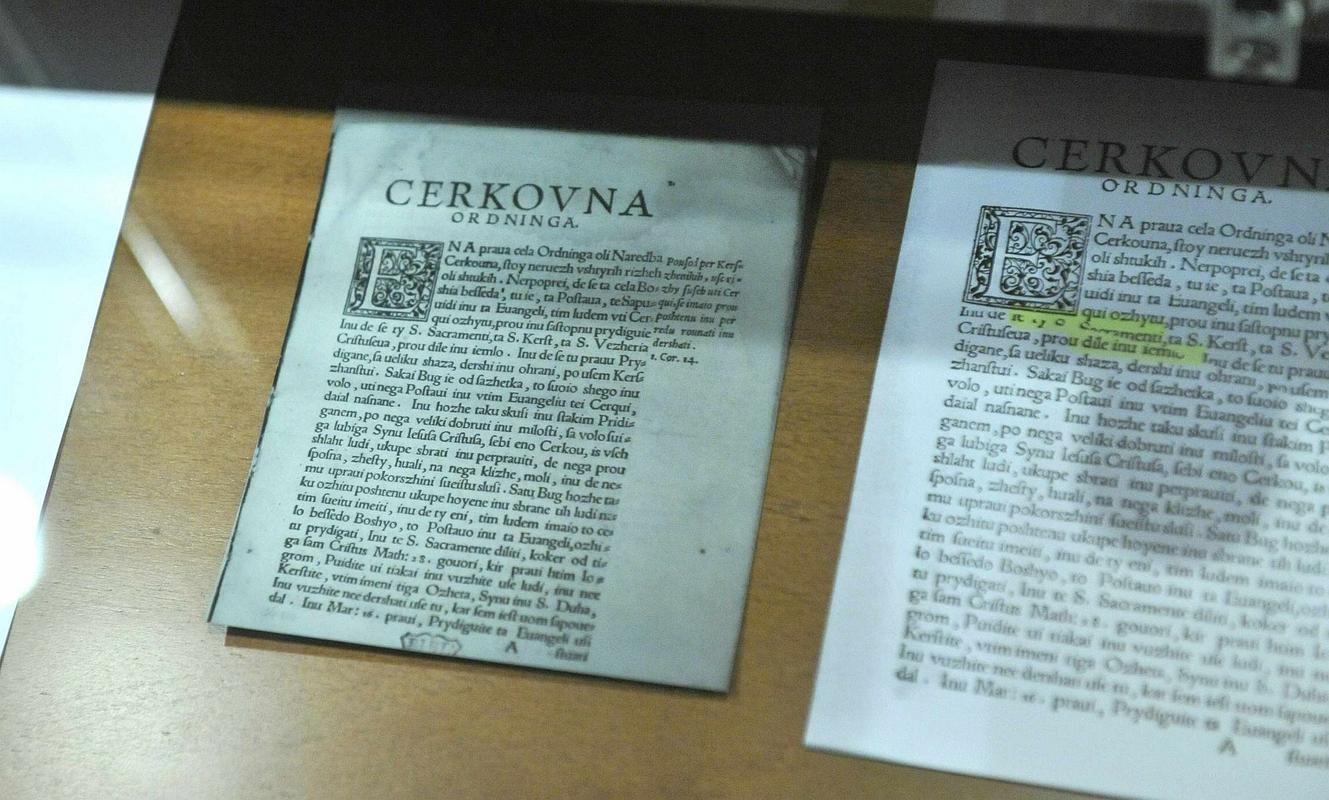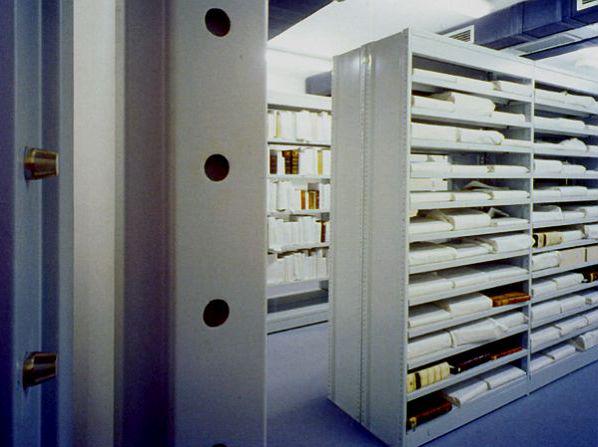




Thus a missal from the 15th century shared the fate of a number of manuscripts of Slovenian provenience which had been sold at foreign auctions to unknown private owners. As we have already reported, the London auction house Christie's sold the manuscript together with other valuables collected by the members of the Bright, Thompson, and Yates families during the end of the 19th, and in the first four decades of the 20th century.
The liturgical book was a part of the famous library owned by Baron Jožef Erberg Kalasanca (1771-1843), and his comprehensive library at Dolsko had been mentioned in the notes within the manuscript. The missal had been created several centuries earlier, between 1430 and 1435, most likely in Vienna for liturgical use in Udine. The manuscript is especially valuable for the illuminations by one of the top illustrators of that time, the anonymous Master of the Prayerbook of Albrecht V, who worked for the highest members of the Habsburg monarchy. "We Slovenians have lost 99 percent of our medieval written heritage. We possess 160 manuscripts, while presently 600 discovered manuscripts are abroad. Every year a few of the manuscripts of Slovenian provenience are sold, and then they disappear," told us dr. Nataša Golob, art historian and our most recognized expert for manuscripts and medieval illumination of books a day before the auction.
Today a great part of Kalasanc library is scattered all over the world, explained Nataša Golob. "It is sad that you must go to Berlin, to the Giessen University Library, or to Hannover, in order to see one of the manuscripts," she added, and expressed her lack of understanding that Slovenia made no effort to buy the manuscript at the auction. "I simply can't understand the indifference to our cultural and intellectual roots."
They learned about the auction in the last minute
The Ministry of Culture explained to us that they had not been informed of the auction at the Christie's Auction house until the day of the auction. According to information they have at their disposal, NUK had been informed by the Auction House of the auction of the mentioned book on Tuesday," but considering the financial situation they had decided not to give the initiative to the Ministry of Culture for the purchase of such an expensive publication."
According to the statements from the Ministry, the public institutes from the field of the movable cultural heritage and visual art execute their part of the mission on several levels, namely acquiring museum and art works important for the Slovenian history. This includes acquiring works of art from private persons and collectors, cooperation with private art curators and participation at auctions at home and abroad. The duty of the public institutes is to estimate which works are of such importance that they should be acquired for the public ownership, and the Ministry can, according to financial ability, provide funds for eventual purchase of those, they wrote in the statement.
The public institutes work in the field – they make records of the items in compliance with the professional guidelines and taking into account the mission of the museum, which are of crucial importance for professional, systematic, efficient, and deliberate execution of the collecting policy, and supplementing the existing collections, or starting new ones. The collection of items includes cooperation with individual private collectors, whose objects or collections can, through donations, bequests, lending or sale of the objects, pass over into museum collections. The Ministry adds that the experts at their recording follow offers by auction houses, and participate in auctions. As an example of good practice they mentioned the purchase of the Moritz Michael Daffinger's porcelain plate with the illustration of Cecrops' daughters finding Erichtonius as drafted by Franc Kavčič, acquired by the National Gallery, and the Ministry co-financed the purchase in the amount of 30,000 euros.
Last year 200,000 euros were assigned for purchase of objects
Last year the Ministry assigned 200,000 euros for purchase of objects of movable cultural heritage for museums and galleries, and in 2014 this amount was 250,000 euros. 75 percent was assigned for purchases from the lists submitted by the public institutes, museums and galleries, and the remaining 25 percent remained intentionally unallocated in order to allow co-financing of unforeseen urgent purchases, the Ministry informed us.
They reminded us of another work of extraordinary importance for the Slovenian cultural heritage, i.e. the second known copy of Cerkovna ordninga, which was discovered in last October in a library in Memmingen, and which will be exhibited in September in the premises of the
National and University Library. By displaying it they will fill the gap in the series of the early protestant works in the collection of manuscripts owned by NUK.

































































